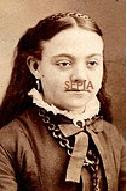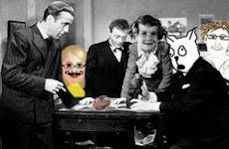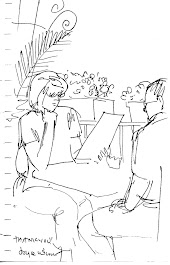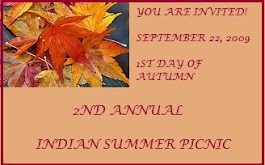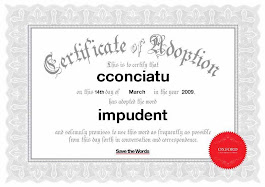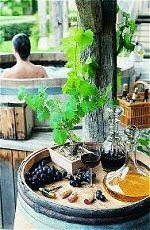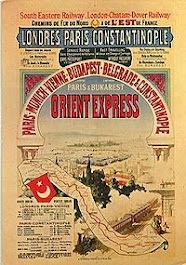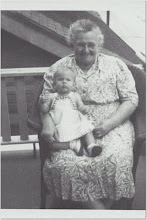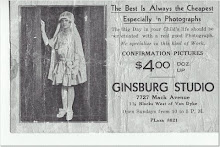 Image with kind permission of CardCow.com
Image with kind permission of CardCow.com
.
This bright little Postcard Friendship Friday Miss has her eyes on the pies. Her wishes are probably for some of each. I can almost smell the scent of pumpkin, apples, mince and cinnamon. .
.

.
Today's card is postmarked November 22, 1910, and was mailed to East Hebron in central New Hampshire, on the shore of Newfound lake. Newfound lake, the 3rd largest in New Hampshire - or 4th, depending on who you cite - is spring fed, and renews itself with fresh water twice per year.
.
.
.

Newfound Lake
.
The card reads:
.
Dear G.
.
How are you now-a-days and how are the rest of the folks.
.
The school closed last Thursday. Did you know Leslie had got an automobile?
.
Write and let us know how you are.
.
From Mattie and Bessie.
.
The message was a bit of a cliffhanger, don't you think? WHY was the school closed? Fire? Twelve feet of snow? Volcano? And just who is this Leslie person and how did he - or perhaps she - get an automobile? Was it purchased, inherited or was this the result of the first reported carjacking? What color? What model? Is Leslie going drop by and pick up G. for Thanksgiving? What's for dinner? We demand to know.
.
The NH city on the postmark is not readable. It may be Bristol, which is nearby. Close enough to pick up G.
.
With abundant rivers and lakes and oceanfront, clams, oysters and fish of all kinds would have found themselves on the Thanksgiving table. New Hampshire food specialties include corn chowder, oyster stew, fish hash, and Old Portsmouth Orange Cake.
.

Old Portsmouth Orange Cake
.
I made this one! I was intrigued by the recipe instructions, which are:
.
Old Portsmouth Orange Cake
1 cup sugar
.
5 eggs
.
2 tablespoons orange juice
.
2 tablespoons water
.
1 tablespoon grated orange rind
.
1/4 teaspoon orange extract
.
1/2 teaspoon mace
.
2 cups cake flour, sifted.
.
Put sugar and eggs in a kettle or saucepan. Stir over the fire until lukewarm. Watch carefully. Do not let the mixture get too hot. Remove from the fire.
Add orange juice and water. Beat until "stone cold," about 15 minutes. Mixture should be light and stiff.
Flavor with orange rind, orange extract, and mace. Fold in flour lightly. Bake in a 10" X 15" grease and floured pan. Bake cake at 325 degrees F. For 30 to 40 minutes. Do not overbake.
Cut in small squares and serve at tea time. This lovely cake keeps well and can be frozen successfully.
(Adapted from Old St. John's Parish Cookbook, courtesy of Mrs. Frank Hulshor)

The egg and sugar mixture really does thicken up nicely once the orange juice is added. I had my 25 year old Oster on a rather high speed. It took just about 15 minutes to thicken - just as the recipe says.
.

.
It baked nicely - didn't bulge or sink in the middle. We enjoyed the cake for dessert after a dinner of Chicken Caesar burgers on pita bread. The cake was moist, somewhat spongy and had a delicate orange flavor.
.
What did the first colonists in New Hampshire do when they weren't baking orange cake? They built homes, started fisheries, and traded the Indians for furs. These settlers had no agricultural experience and found it hard to adapt to their new surroundings. Although familiar with saltwater fishing, they still depended upon England for most of their food supplies.
.
Wild game and turkey were plentiful, but the early settlers did not know how to catch them and ammunition was in short supply. During the summer the settlers learned to gather wild black currants, raspberries, and strawberries. They started importing seedlings and cutting of fruit trees from England, and soon almost every farm had an orchard. Vegetable gardens could not be relied upon as a steady supply of food, however, due to the short growing season and sudden changes in the weather.
.

Salmon Pie
.
In 1719 shiploads of Scotch-Irish families arrived and settled near the Merrimack Valley in New Hampshire. These settlers bought potatoes with them. Within two decades potatoes became an important crop in New England.
.
The English, who also settled in New Hampshire, introduced another root vegetable, the turnip, to New England. By 1840 more than half of the land in New Hampshire was farmed.
.
In addition to the English and Scotch-Irish, there was also a large influx of French-Canadian settlers in New Hampshire. They brought with them recipes for roast pork, pea soup, pickled beets, and salmon pie made with mashed potatoes, onions, milk, and seasonings. Apple butter has been made in New Hampshire since colonial times..."---Taste of the States: A Food History of America, Hilde Gabriel Lee [Howell Press:Charlottesville VA] 1992 (p. 25-7)
.
Most of you out there know I don't like beets. so I'm not going to thank the French Canadians for those, but salmon pie and pea soup? Now we're talking!
What regional foods or family traditions grace your Thanksgiving table? The basics are always on our table in some form; the turkey, stuffing, mashed potatoes and sweet potatoes. Oh, and green bean salad, cranberries and corn. No beets. Not ever. We all tend to try new marinades, bastes, and recipes, and different stuffings. Always good, always better when enjoyed by several families. Maybe I'll stop by and pick G. up for dinner!
.
Try placing a few kernels of Indian corn (unpopped popcorn will do) on each plate as a reminder of the hardships the first settlers endured during those first years in America.
.
.
Thank you for stopping by!
 Postcard reprinted here with kind permission of CardCow.com
Postcard reprinted here with kind permission of CardCow.com
 Charlotte's Web author, E. B. White lived in Brookline
Charlotte's Web author, E. B. White lived in Brookline















 OMG dude! I'm going to YYAAAAAaaaaaaaaaaa!
OMG dude! I'm going to YYAAAAAaaaaaaaaaaa! Jest waitaminnit Chester. That lady with the kids'll be by at 8:03
Jest waitaminnit Chester. That lady with the kids'll be by at 8:03
 .
.

 Providence circa 1850
Providence circa 1850









 Kentucky Bluegrass - not to be confused with the music
Kentucky Bluegrass - not to be confused with the music Bourbon is a type of distilled spirit, made primarily from corn and named for Bourbon County Kentucky. It has been produced since the 18th century. While it can be made anywhere in the United States, it is strongly associated with the Southern United States, especially Kentucky.
Bourbon is a type of distilled spirit, made primarily from corn and named for Bourbon County Kentucky. It has been produced since the 18th century. While it can be made anywhere in the United States, it is strongly associated with the Southern United States, especially Kentucky. The Mint Julep, the traditional Kentucky Derby drink Since 1938 is also make with Kentucky bourbon.
The Mint Julep, the traditional Kentucky Derby drink Since 1938 is also make with Kentucky bourbon.  .
. A True Kentucky Dish - Burgoo
A True Kentucky Dish - Burgoo





